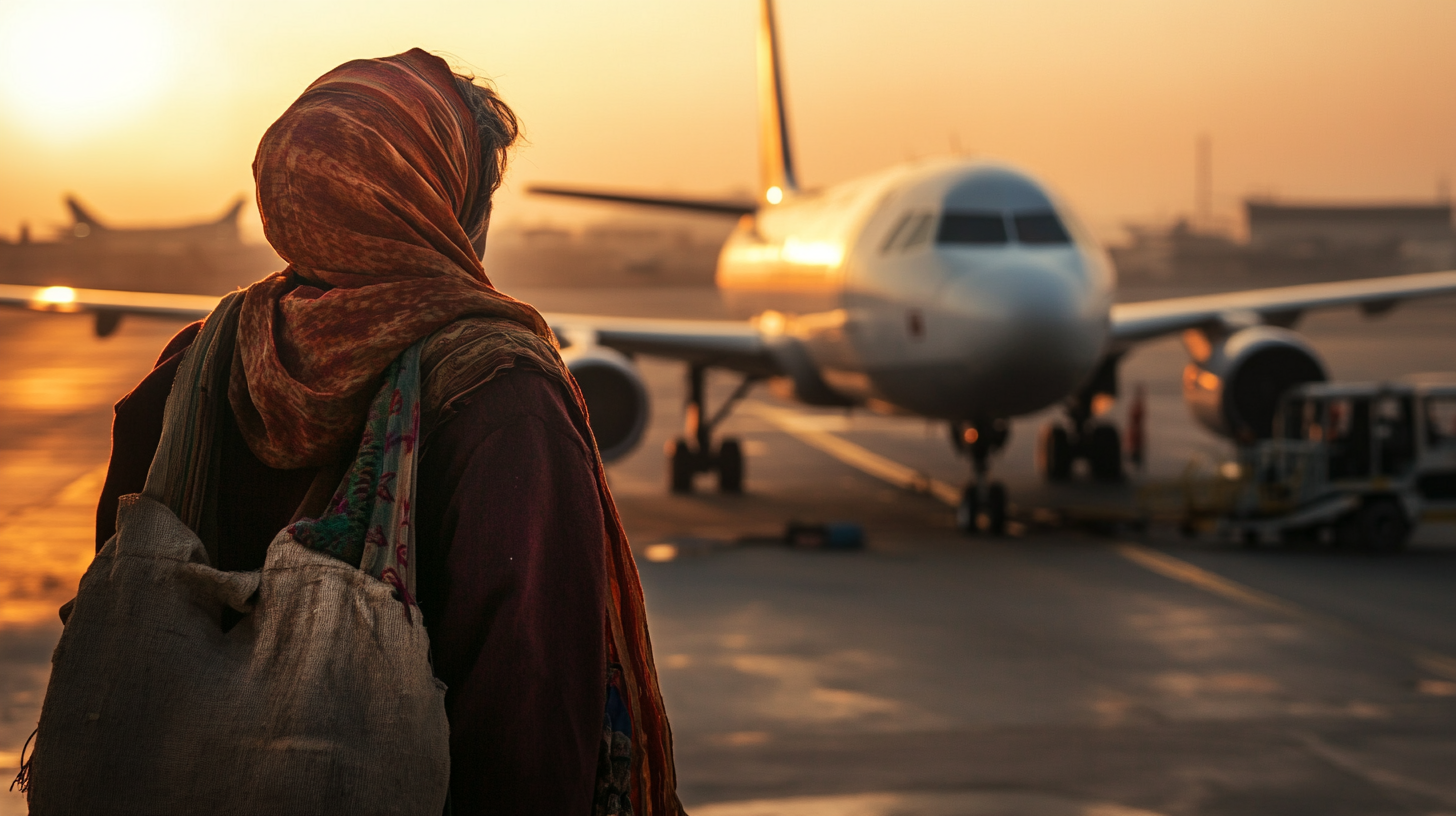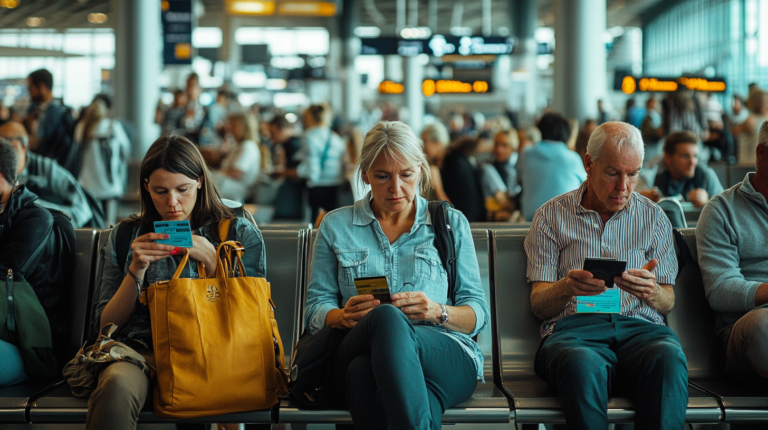Why Is My Flight Delayed? The milesBUZZ Lowdown
1. Weather Woes
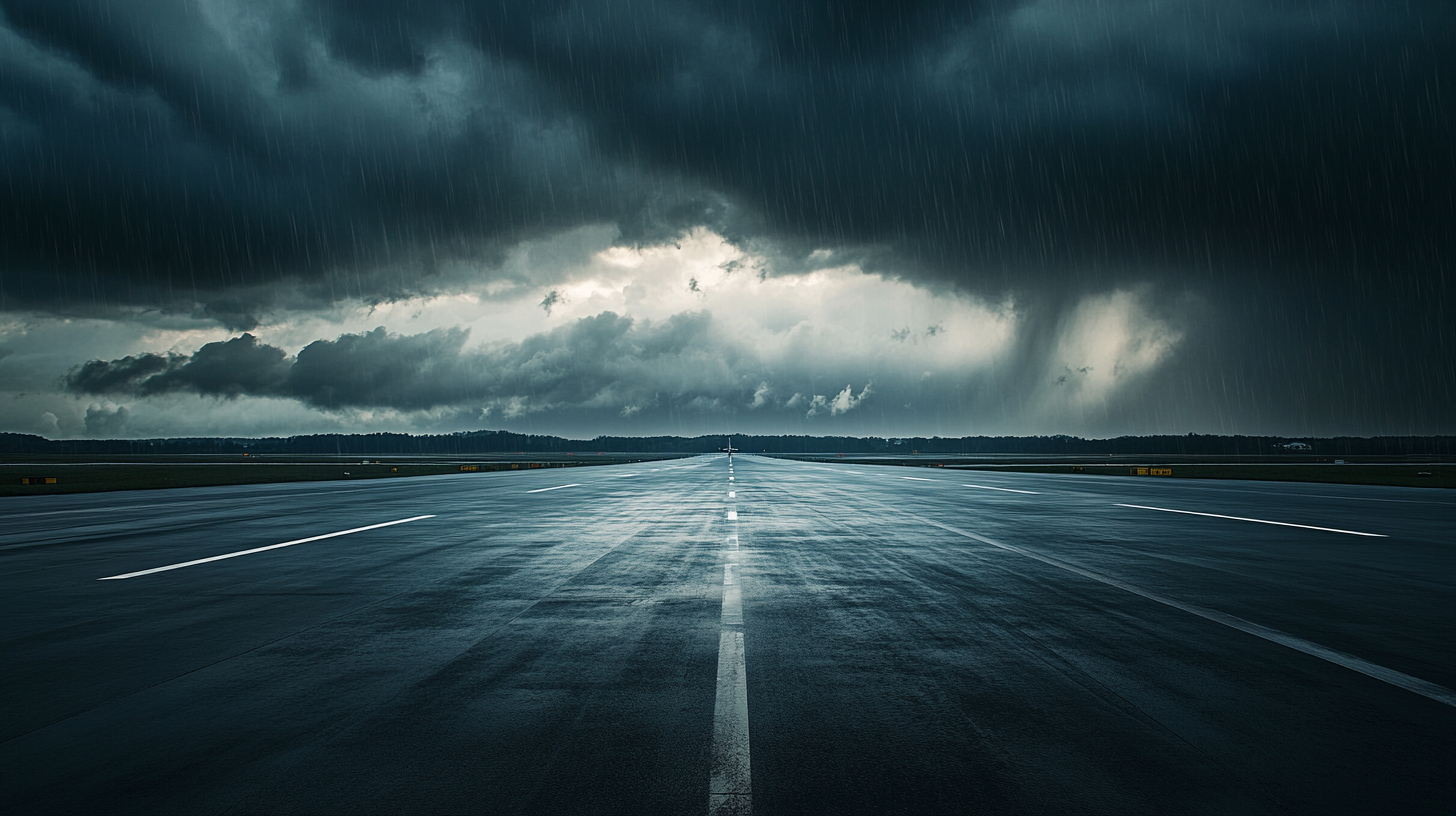
In my own journeys, I’ve noticed that even the smallest weather disturbances can have a domino effect on flight schedules. Whether it’s a sudden thunderstorm rolling across the tarmac or heavy snowfall hitting an airport ill-prepared for icy runways, weather remains a leading cause of flight delays. According to a 2024 FAA report, nearly 22% of all domestic flight interruptions in the United States stemmed from adverse conditions like fog, lightning, or high winds. One personal example that sticks with me is when I was flying out of Chicago in early spring. A rapid shift in temperature caused thick fog, forcing multiple ground stops and rerouted connections. I watched entire gate areas light up with rebooking alerts, proving just how quickly an airport’s rhythm can grind to a halt.
Staying ahead of unpredictable forecasts is easier now than it’s ever been. I personally rely on tools like Flightview and FlightAware to get live notifications of storms developing near my departure or arrival airports. I also make sure to check local weather radar apps before I leave for the airport, just to have that extra layer of insight. Airlines generally don’t compensate for weather-related disruptions, but being proactive can at least help you pivot to alternate routes or anticipate longer layovers. If your flight is delayed or canceled due to storms, some carriers might offer waivers allowing free rescheduling—though policies vary, so keep an eye on their websites and email updates.
Another trick I’ve learned is to consider historical weather data if you’re booking far in advance. If you know a certain airport is prone to seasonal storms (hello, mid-Atlantic summers), consider an earlier or alternative flight time. A little planning—coupled with real-time updates—goes a long way when Mother Nature decides to stir things up.
2. Mechanical Glitches

Technical snags, such as faulty hydraulic systems or a minor engine fault, can create a ripple of delays that affect multiple flights in a day. In my experience, a delayed departure due to sudden mechanical checks can lead to me sprinting across terminals for tight connections. According to industry data from 2025, mechanical issues account for around 15% of delays globally. While these glitches are frustrating, they exist for a good reason: an airline’s priority is to ensure every aircraft is 100% ready for takeoff.
From what I’ve observed, these scenarios are classified under “controllable delays,” which means your carrier may be obligated to provide alternatives like rebooking or travel vouchers. I recall a specific incident in Los Angeles when a routine maintenance check discovered a faulty cockpit instrument minutes before boarding. Though the delay lasted three hours, the carrier provided meal vouchers to everyone affected. It’s one of those times I truly appreciated the Department of Transportation‘s dashboard, which can confirm if the airline is meeting rebooking or compensation commitments.
For peace of mind, I suggest reviewing your airline’s policies on mechanical issues before you travel. Keep screenshots or links to official statements, so you know your rights if a glitch occurs. Even better, remain polite but firm when negotiating with gate agents. Airlines that mark a green check on the DOT’s commitment list are generally reliable about following through with overnight hotel stays or meal credits.
3. Crew Shortages
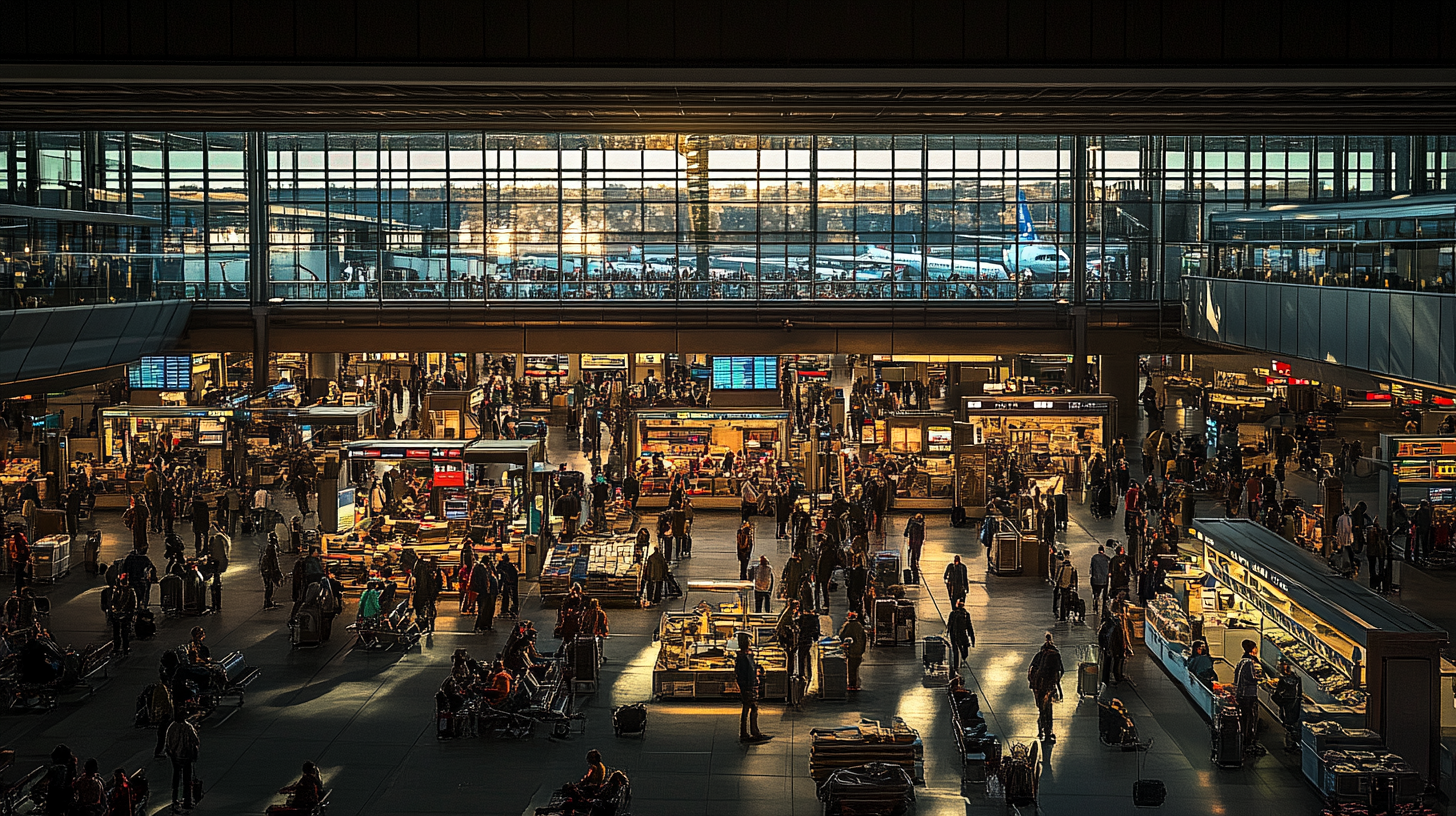
A fully operational aircraft means very little if the right crew isn’t on hand. I’ve been on flights in which we were all set to board, only to find out our pilots were delayed on a previous route. Many travelers don’t realize that duty hour regulations can ground a crew once they hit federally mandated work limits. According to a 2024 study by Airlines for America, crew scheduling issues contributed to 18% of flight delays in the previous year.
Personally, I’ve seen the ripple effect of crew shortages when connecting through busy hubs. During a stop in Dallas, an inbound flight crew got stuck in severe weather at their origin airport, forcing cascades of cancellations. In these moments, staying informed about your inbound flight is crucial. Apps like Flighty let you track the inbound plane, so you’ll know if your crew is running behind or if a last-minute substitution might save the day. I’ve managed to reroute myself more than once after seeing that my connecting aircraft was delayed by several hours.
Because crew-related setbacks are typically considered controllable, you can often ask for rebooking or compensation. Keep your airline’s contact number saved—if a huge line forms at the gate, calling customer service directly may get you quicker results. Even if you’re not guaranteed a free hotel, it never hurts to politely request one, especially if your flight doesn’t take off until the next morning.
4. Air Traffic Delays
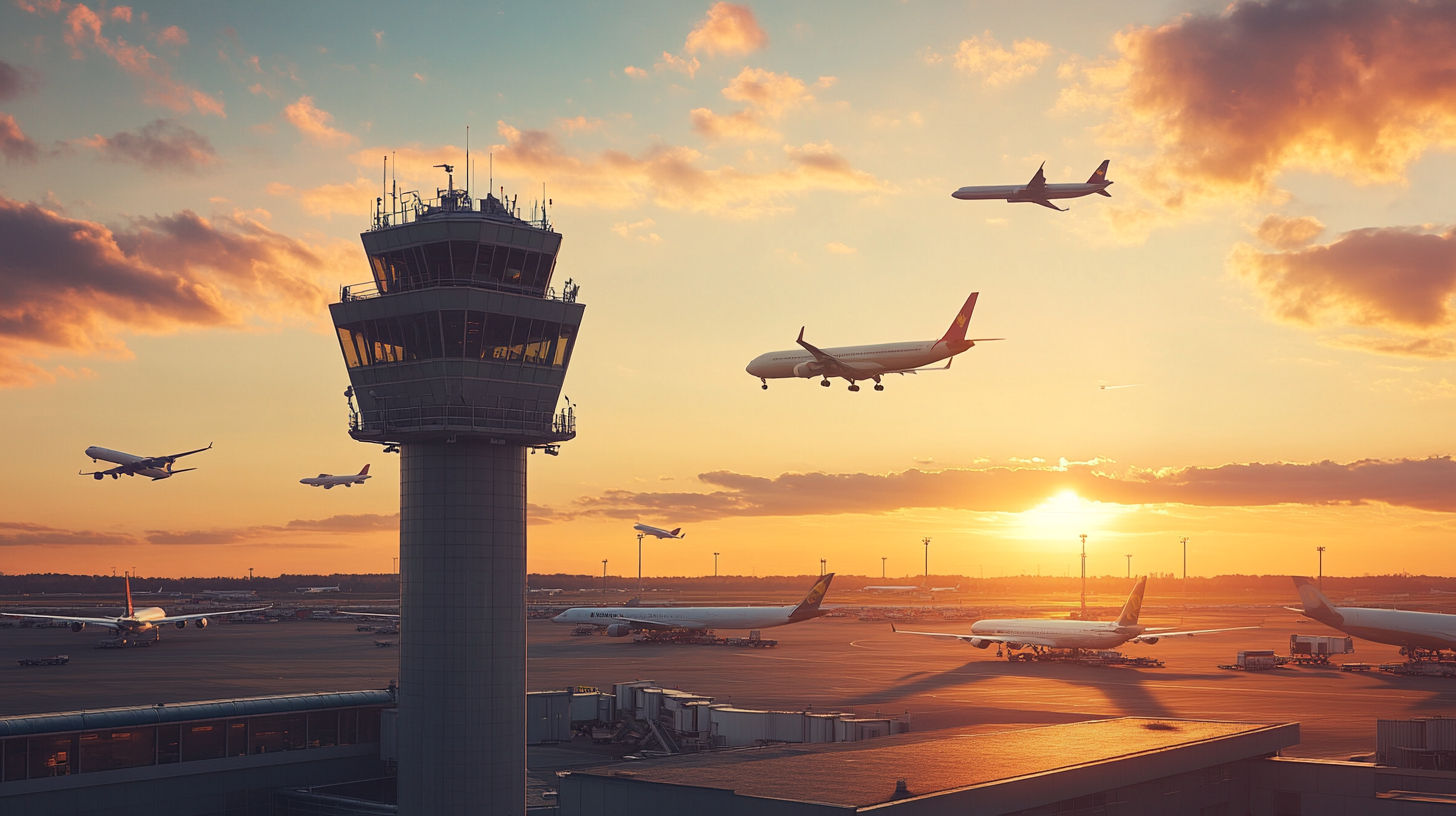
On particularly hectic travel days, the skies can resemble a crowded highway during rush hour. Air Traffic Control (ATC) aims to keep everything orderly, but when hundreds of aircraft converge on a busy hub, delays become almost inevitable. I recall reading a Forbes article highlighting how a peak holiday weekend in 2023 saw over 10,000 global delays by mid-morning. Industry data suggests that in 2025, we’re trending even higher for certain travel periods, especially around major holidays and large public events.
In my own experience, I once found myself sitting on the tarmac in Atlanta for over an hour simply because ATC was spacing out arrivals due to runway congestion. To stay in the loop, I make a habit of checking the FAA‘s real-time updates page to see if ground stops or flow control measures are in effect. It’s a must for frequent flyers looking to anticipate potential slowdowns at high-traffic airports.
If you do get caught in a delay, try to remain patient and keep your phone charged. I like to use an airport lounge or a quiet corner near a charging station to monitor the FAA‘s website. While you can’t do much about air traffic gridlock, at least you can be prepared with backup plans for missed connections or an overnight stay if the lines become just too jammed.
5. Tracking and Compensation Tools

Over the years, I’ve learned it’s not about avoiding delays completely—that’s nearly impossible—but about mitigating the fallout when they happen. Tools like FlightAware, Flightview, and Flighty can help you monitor your flight in real time, providing gate changes or updates the second they’re released. I often set my phone to receive push notifications, so I know right away if my inbound plane is late filling up at another airport.
Compensation options vary widely. Some airlines offer meal vouchers for delays over a certain length, while others may let you rebook on the next available flight with no extra fees. In weather scenarios outside the carrier’s control, watch for travel waivers on their website—it could mean a full refund or an easy, no-fee reschedule. I remember one winter storm in Boston when I was able to cancel my flight and receive travel credit for a future trip, all because the airline had proactively issued a weather waiver.
If you’re aiming to keep your travel plans flexible, consider booking tickets that allow free changes or cancellations. While these can cost more upfront, they pay off in peace of mind when weather or mechanical troubles strike. Furthermore, always keep a close eye on the Department of Transportation‘s official dashboard. Airlines are more transparent than ever in 2025, and that extra visibility can be the difference between a quick rebooking and a frustrating wait at the gate.
Final Thoughts

Flight delays remain a common hurdle for travelers, but I’ve learned that understanding the reasons behind them can make a world of difference. From fast-changing weather to last-minute mechanical checks, being flexible and informed is ultimately your best defense. It’s amazing how much you can anticipate—and sometimes even avoid—by leveraging reliable flight-tracking apps, checking official airline policies, and knowing your rights.
At the end of the day, no one likes having their plans disrupted. Yet with some proactive measures, such as tracking inbound aircraft or looking out for DOT commitments, you can stay one step ahead of potential holdups. While you can’t control the weather or air traffic volume, you can certainly manage your approach to them.
Barry B.’s Take
When I travel, I treat delays like unexpected plot twists in a movie—I know they might happen, but I’m prepared with a good seat and a backup plan. In my view, a great traveler isn’t just someone who arrives on time—it’s someone who adapts swiftly when things go sideways.
My top advice is to invest a bit of time in forecasting possible bumps in your itinerary. By reading up on weather patterns, checking flights for on-time performance, and understanding your airline’s obligations, you can keep a level head and glide through even the bumpiest travel days.
Stop by milesBUZZ for the latest flight tricks and travel news!

